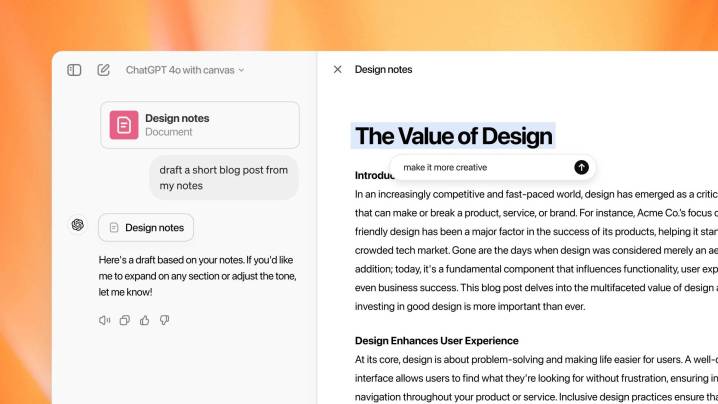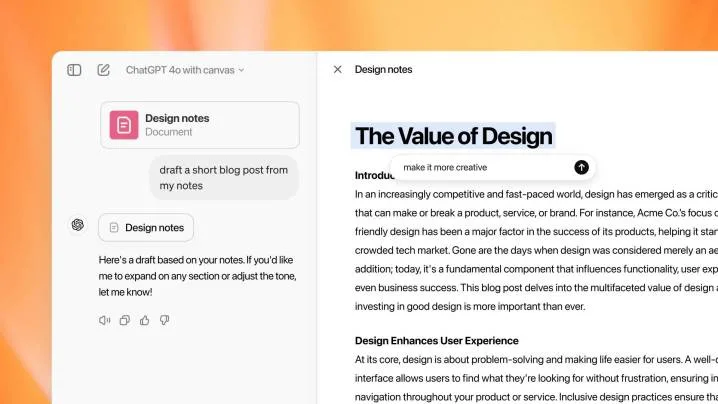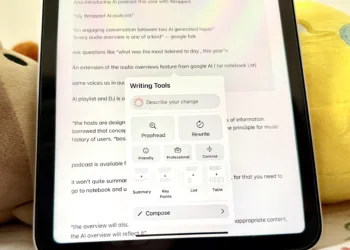
In October, OpenAI introduced its Canvas feature, an interactive platform designed to provide a visual representation of AI responses based on user input, whether it be writing or coding. Initially rolled out as a beta feature for Plus and Teams subscribers, OpenAI has since made it accessible to all users, including those on the free tier.
While Canvas may bear some resemblance to Anthropic’s Artifacts feature, OpenAI is integrating a variety of new functionalities into it. Notably, Canvas is now a core part of the GPT-4o model, allowing it to operate directly within ChatGPT without requiring users to select it from a list of models.
This enhanced platform can now execute Python code inside the Canvas workspace, enabling ChatGPT to assess the code and suggest improvements. Users can enter prose or code right into the Canvas interface, bypassing the usual upload process through the chat window.
The revamped Canvas feature also supports OpenAI’s custom GPTs, simplifying the process of building and designing them for users who may not have extensive programming expertise. Additionally, a Show Changes functionality highlights the most recent edits in code or text, making it easier to track modifications.
Canvas is available via web browsers and the Windows desktop application. OpenAI has expressed intentions to continue enhancing Canvas and rolling out new features in the near future.
This update coincides with OpenAI’s inaugural “12 Days of OpenAI” marketing campaign. So far, the company has officially launched its Sora video generation technology, capable of creating 20-second clips at resolutions up to 1080p. Moreover, it has released the full version of its o1 reasoning model family and introduced a Pro subscription tier priced at $200 a month to access these features.










